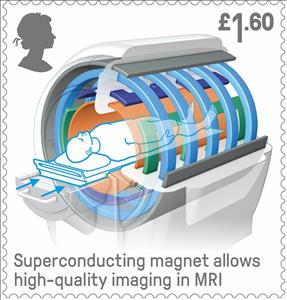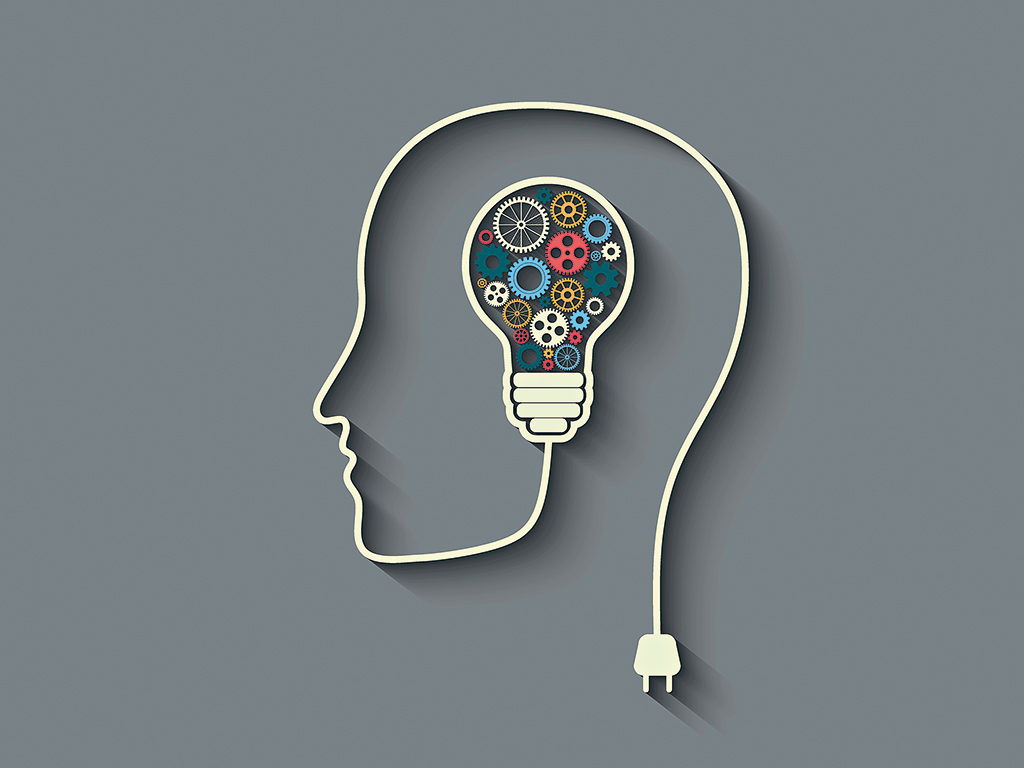Stamp: Superconducting Magnet (United Kingdom of Great Britain & Northern Ireland 2019)
Superconducting Magnet (United Kingdom of Great Britain & Northern Ireland 2019)
02 May (United Kingdom of Great Britain & Northern Ireland ) within release British Engineering (2019) goes into circulation Stamp Superconducting Magnet face value 1.60 British pound sterling
| Stamp Superconducting Magnet in catalogues | |
|---|---|
| Colnect codes: | Col: GB 2019-06Ca |
Stamp is vertical format.
stamp from se-tenant pairAlso in the issue British Engineering (2019):
- Stamp - Harrier GR3 : Vertical Landing face value 1.55;
- Stamp - Superconducting Magnet face value 1.60;
- Stamp - Harrier GR3 : Conventional Flight face value 1st;
- Stamp - Harrier GR3 : Short Take Off face value 1st;
- Se-tenant - Catalytic Converter/Crossrail face value 2*1.55;
- Stamp - Falkirk Wheel face value 1st;
- Souvenir Sheet - Harrier Jump Jet face value 4.50;
- Stamp - Harrier GR3 : Transition to Landing face value 1.55;
- Se-tenant - Raspberry Pi/Falkirk Wheel face value 2*1st;
- Stamp - Synthetic Bone Graft face value 1.60;
- Se-tenant - Magnet/Bone Graft face value 2*1.60;
- Stamp - Raspberry Pi face value 1st;
- Stamp - Catalytic Converter face value 1.55;
- Stamp - Crossrail face value 1.55;
Stamp Superconducting Magnet it reflects the thematic directions:
Engineers, as practitioners of engineering, are professionals who invent, design, analyze, build and test machines, complex systems, structures, gadgets and materials to fulfill functional objectives and requirements while considering the limitations imposed by practicality, regulation, safety and cost.The word engineer (Latin ingeniator, the origin of the Ir. in the title of engineer in countries like Belgium and The Netherlands) is derived from the Latin words ingeniare ("to contrive, devise") and ingenium ("cleverness"). The foundational qualifications of a licensed professional engineer typically include a four-year bachelor's degree in an engineering discipline, or in some jurisdictions, a master's degree in an engineering discipline plus four to six years of peer-reviewed professional practice (culminating in a project report or thesis) and passage of engineering board examinations.
An invention is a unique or novel device, method, composition, idea, or process. An invention may be an improvement upon a machine, product, or process for increasing efficiency or lowering cost. It may also be an entirely new concept. If an idea is unique enough either as a stand-alone invention or as a significant improvement over the work of others, it can be patented. A patent, if granted, gives the inventor a proprietary interest in the patent over a specific period of time, which can be licensed for financial gain.
Medicine is the science and practice of caring for patients, managing the diagnosis, prognosis, prevention, treatment, palliation of their injury or disease, and promoting their health. Medicine encompasses a variety of health care practices evolved to maintain and restore health by the prevention and treatment of illness. Contemporary medicine applies biomedical sciences, biomedical research, genetics, and medical technology to diagnose, treat, and prevent injury and disease, typically through pharmaceuticals or surgery, but also through therapies as diverse as psychotherapy, external splints and traction, medical devices, biologics, and ionizing radiation, amongst others.



